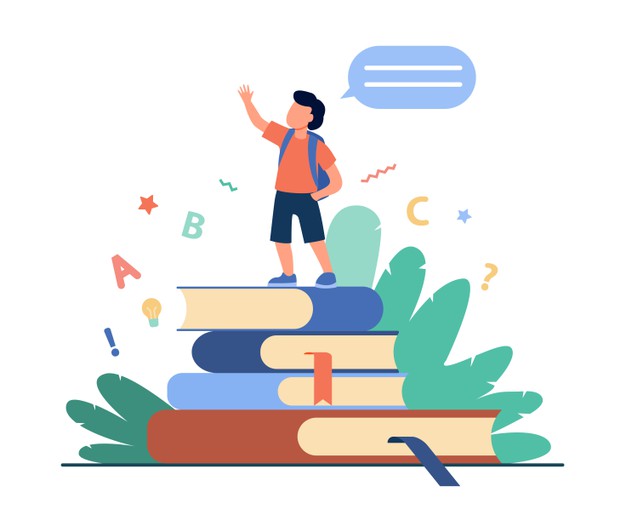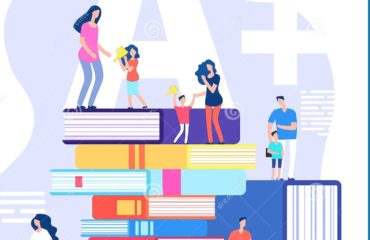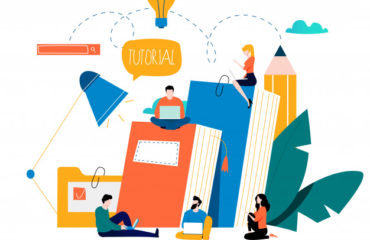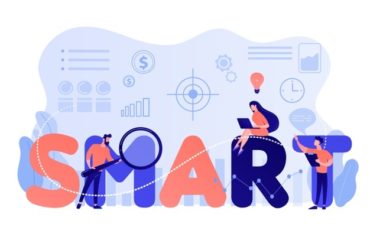
Nostalgia kicks in when you think of the pencil pouch, the school bell ringing for breaks, the last-minute cramming for tests, and the sleeping in class! Doesn’t this all remind you of your school days? Well, now there are advancements in the field of education which makes schooling more inclusive and helps neurodiverse (previously referred to as ‘differently abled’) children learn and pick up concepts at their own pace. These are known as Individualised Education Plans (IEPs).
So what really are IEPs? Before commencing this article, I would like to touch upon the importance of IEPs in today’s day and age where education and literacy is of utmost importance. This topic is a 4 part series, where:
- 1st part- Basics of IEPs
- 2nd part- Application of IEPs
- 3rd part- SMART Goal Setting
- 4th part- Our top IEP picks
Without further ado, let’s begin by addressing the first question:
What is an IEP?
Individualized Education Programs (IEP) are specifically designed plans designed for children with different learning styles or for those who have certain behavioral, cognitive, intellectual diversities or conditions. This IEP is created for the child to ensure that he/she receives specialized support from the school to help them reach their full potential and progress well in academics without feeling overwhelmed or left behind their peers. This consists of a customized teaching and instructional plan.
Who creates the IEP?
The IEP is created by a team of professionals from the school, therapy centers, parents and family members of the child, and designated advocates. All of them work together as a team and identify the strengths and weaknesses of the child, hence making short term and long term goals. The student’s current needs and skills are identified which helps the team chalk out a plan of action, penning it down on paper for the current school year in the student’s IEP.
How is an IEP developed?
Typically an IEP would be developed in 4 stages:
- Collecting and sharing information
- Setting direction of goals
- Ideating & writing the IEP
- Implementing & reviewing the IEP
What does an IEP include?
IEPs is a well-designed elaborate plan with components that help the child progress in their academics. Typically an IEP would include:
- Identification of the student’s interests, performance levels
- Student specific measurable goals and objectives
- Teaching materials, methods and strategies
- Record of the student’s abilities and needs
- Team members involved in making the IEP
- Future goals and timelines for evaluation and reviewal stages
However, developing and implementing an IEP is not enough unless the student benefits from it. There are some key advantages of using an IEP which are:
Advantages of an IEP:
- Creates a well established structure for the student and their educators
- Generates understanding and collaborative opportunities for the student and those involved including their families, teachers, therapists (if any), administrators, advocates
- Supplies an actionable plan to the student and all stakeholders involved
- Promotes rights for the student and family in terms of school discipline
- Provides quality education to the student
IEPs are extremely important and useful for the student’s progress and achievement in academics. Now that we have covered the basics of IEPs, let’s move onto the next article and take a look at its various applications and utilities in the next segment.




You must be logged in to post a comment.